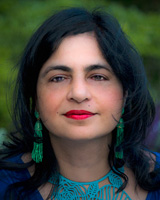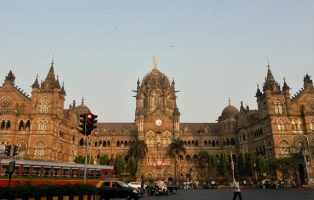The City and its Fragments: Past & Present in Colonial Bombay
Research Question
Colonial Bombay has traditionally been understood as a city shaped primarily by the state and as a dual city with a white and native town. However, neither understanding is correct. Hence, how do we understand Bombay in terms of its multiple fragments, key actors who shaped the city, and the shared spaces and practices, which help its diverse residents cohere?
Project Description
Rather than the product of the singular visions of the colonial regime, my work shows that colonial Bombay was shaped by the cultural encounters among multiple players defined by race, ethnicity, religion, class, gender, and profession. In a city where the vast majority of its residents were native, my work demonstrates the complex ways in which the spatial interventions of a variety of groups shaped Bombay in a political context. Rejecting the dualistic model of colonial cities, I introduce the perspective of “the city and its fragments.” These profound, multiple, fragments defined the city, whose shared institutions, spaces and practices, in term, helped to unify its diverse residents.
Selected Publications
“The Poetics and Politics of Space: Art, Memory and Change in the Indian City,” Verge: Studies in Global Asias, Issue 2.1 (2016): 1-27. Special issue on “Asian Urbanisms and Urbanizations,” edited by Madhuri Desai and Shuang Shen.
“The Colonial Bombay Town Hall: Engaging the Function and Quality of Public Space, 1811-1918.” In City Halls and Civic Materialism: Towards a Global History of Urban Public Space, Architext series, edited by Swati Chattopadhyay and Jeremy White, 158-176. London: Routledge, 2014.
“Free to move, forced to flee: the formation and dissolution of suburbs in colonial Bombay, 1750-1918,” Urban History, volume 39, issue 1 (2012): 83-107.

